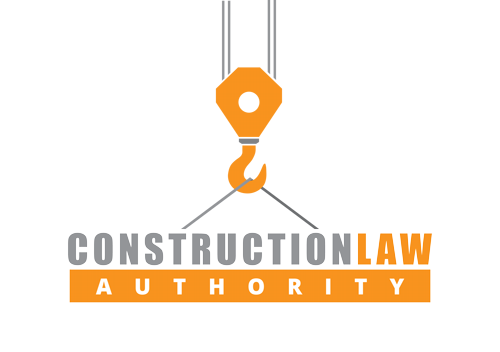Overview of the Ch. 558 Process for Property Owners
 Owners are responsible for monitoring their property for signs of construction problems, which may include design defects, poor workmanship, code violations and the like. Problematic conditions could arise during or after any construction project, such as roof repair and/or replacement, concrete restoration, elevator upgrades and repairs, and work on the air conditioning systems, to name a few. Once the owner suspects there is a problem or has a dispute with its contractor, the engineer or others, it should contact its attorney to determine its next course of action. Since there are time limits imposed by warranties and statutes of limitation, it is important to provide all potentially responsible parties with notice of any suspected or known defects as soon as possible, before the expiration of those time-frames.
Owners are responsible for monitoring their property for signs of construction problems, which may include design defects, poor workmanship, code violations and the like. Problematic conditions could arise during or after any construction project, such as roof repair and/or replacement, concrete restoration, elevator upgrades and repairs, and work on the air conditioning systems, to name a few. Once the owner suspects there is a problem or has a dispute with its contractor, the engineer or others, it should contact its attorney to determine its next course of action. Since there are time limits imposed by warranties and statutes of limitation, it is important to provide all potentially responsible parties with notice of any suspected or known defects as soon as possible, before the expiration of those time-frames.
Chapter 558, Fla. Stats. is Florida’s pre-suit notice and right to cure procedure, which allows both residential and commercial property owners to assert a claim for damages against a developer, contractor, subcontractor, supplier, or design professional for construction and design defects or deficiencies. As of October 1, 2009 the Chapter 558 pre-suit notice provisions automatically apply to all new construction contracts, unless the procedure is expressly waived. Therefore, owners are encouraged to review all agreements for construction or design services with their attorney at the first sign of any defects, to determine if Chapter 558 applies. Once it has been determined that Chapter 558 applies, an owner is required to comply with the statutory notice process before it may file a lawsuit for construction and design defect claims. In accordance with Chapter 558, the owner is required to provide third parties with a “reasonably detailed” description of the defects. The owner’s attorney can prepare a Notice of Claim letter to all potentially responsible parties setting forth any construction or design conditions which the owner believes to be defective. Very often, the defects may be documented by a licensed design professional, via a written inspection report. Parties receiving the Notice of Claim may schedule and attend an inspection with the owner, and/or its attorney, engineer or design consultant, to observe the conditions that comprise the Chapter 558 construction or design defect claims. The recipients of the Notice of Claim are also required to issue a written response, accepting or disputing the owner’s claims within specific statutory time-frames. The owner may accept or dispute these responses. The owner is then free to sue upon any portion of the claim rejected by the parties or any portion of the parties’ responses which have been rejected by the owner.
The owner and contractor are also free to extend these time-frames or even waive the statutory requirements altogether by written agreement. This is an important consideration for owners, who should be mindful that a failure to comply with the Chapter 558 notice procedure may result in their litigation being stayed until such compliance is achieved. Consequently, owners are in danger of losing considerable time and money when they do not follow this statutory procedure.


No Comments